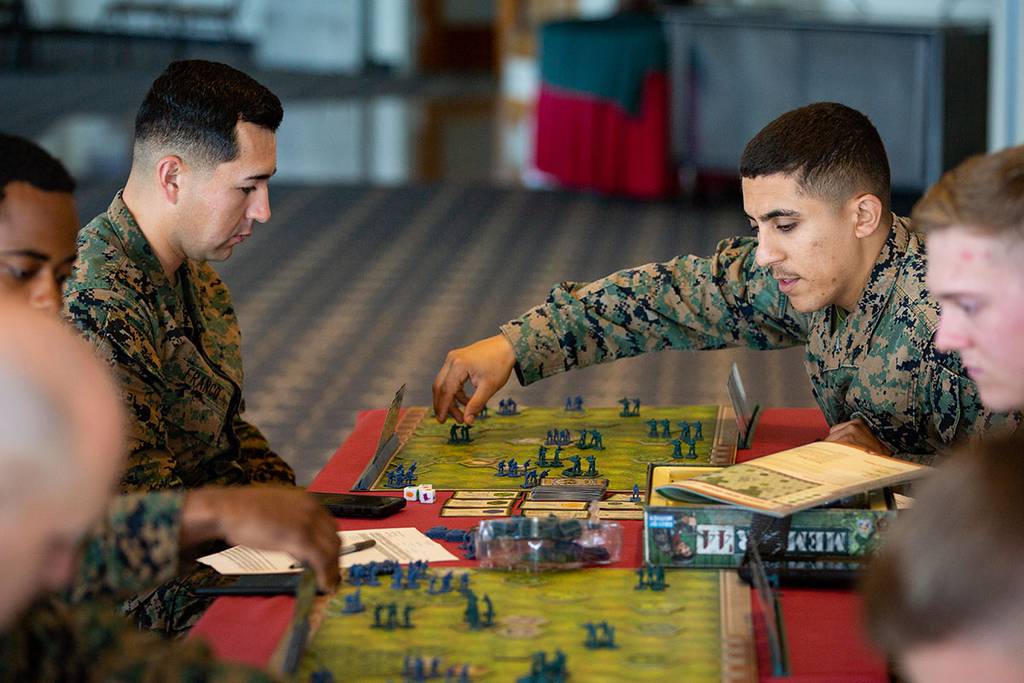Military simulation has come a long way from ancient tabletop war games to modern virtual reality technology. The evolution of military simulation has greatly enhanced the effectiveness and realism of military training, allowing armed forces around the world to better prepare for battles and conflicts.
From the simple board games of ancient civilizations to the sophisticated computer simulations of the 20th century, military training has evolved to incorporate detailed maps, miniature figurines, and complex rule sets. With the advancement of technology, virtual reality simulations now offer a level of immersion and interactivity that was previously unimaginable, allowing military personnel to practice their skills in a safe and controlled environment.
The future of military simulation is promising, with advancements in technology continuing to improve the training experiences for armed forces globally. The journey from ancient tabletop games to modern virtual reality simulations has revolutionized military training and preparedness, making armed forces more equipped than ever to face the challenges of modern warfare.
The Evolution of Military Simulation: From Board Games to Virtual Reality
Military simulation has always played a crucial role in the training and preparedness of armed forces around the world. From ancient tabletop war games to modern virtual reality technology, the evolution of military simulation has been a fascinating journey that has greatly enhanced the effectiveness and realism of military training.
Board Games and Tabletop Simulations
The concept of military simulation can be traced back to ancient civilizations, where rulers used tabletop war games to strategize and plan their military campaigns. These early board games were simple in nature, but they laid the groundwork for more advanced military simulations to come.
One of the most famous early tabletop war games is Kriegsspiel, which was developed in Prussia in the early 19th century. This game allowed military officers to practice their strategic and tactical skills in a controlled environment, helping them to prepare for real-world battles.
As technology advanced, tabletop simulations became more sophisticated, incorporating detailed maps, miniature figurines, and complex rule sets. These simulations were invaluable for training military leaders and testing new strategies in a safe and controlled environment.
Computer Simulations
With the advent of computers in the 20th century, military simulations began to make the transition from physical tabletop games to digital programs. Early computer simulations were limited in their capabilities, but they offered a level of realism and interactivity that was previously impossible.
One of the most well-known computer simulations is the US military’s use of wargaming to train and prepare for conflicts. These computer simulations allowed military planners to test various scenarios and strategies, helping them to identify potential weaknesses and improve their overall effectiveness.
In the 1980s, the US Department of Defense developed the first modern military simulation program, known as SimNet. This networked simulation allowed military personnel to train together in a virtual environment, preparing them for real-world combat situations.
Virtual Reality
The most recent advancement in military simulation is the use of virtual reality technology. Virtual reality allows military personnel to immerse themselves in realistic training scenarios, providing a level of immersion and interactivity that was previously unthinkable.
Virtual reality simulations can recreate a wide range of military scenarios, from infantry combat to aerial dogfights to naval engagements. These simulations allow military personnel to practice their skills in a safe and controlled environment, helping them to better prepare for the challenges of modern warfare.
In addition to training, virtual reality simulations can also be used for mission planning, intelligence gathering, and decision-making. These simulations offer a level of realism and complexity that is unmatched by traditional training methods, helping military personnel to improve their skills and effectiveness in the field.
The future of military simulation is likely to continue evolving, with advancements in technology leading to even more realistic and immersive training experiences. From ancient tabletop war games to modern virtual reality simulations, the evolution of military simulation has greatly enhanced the capabilities and effectiveness of armed forces around the world.
